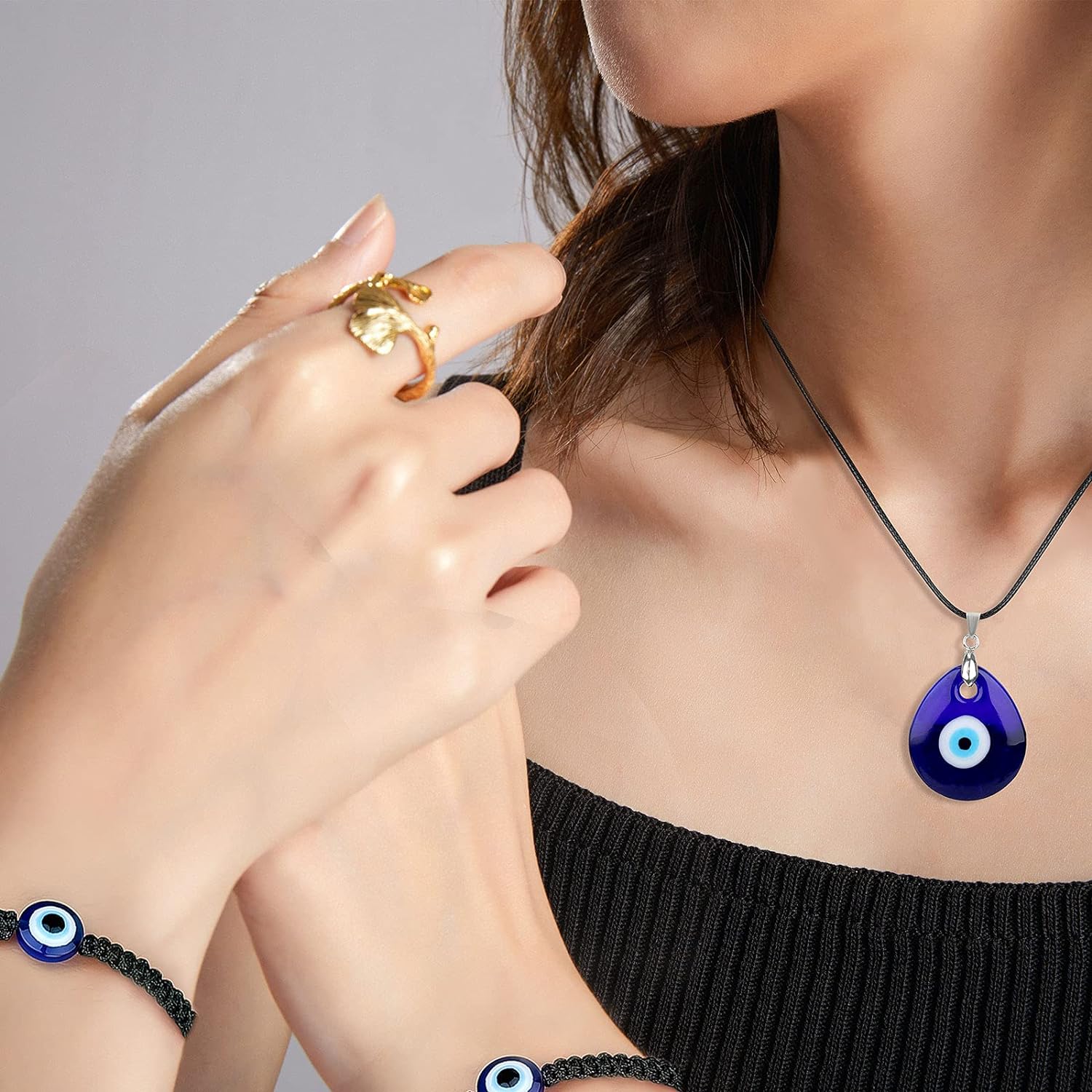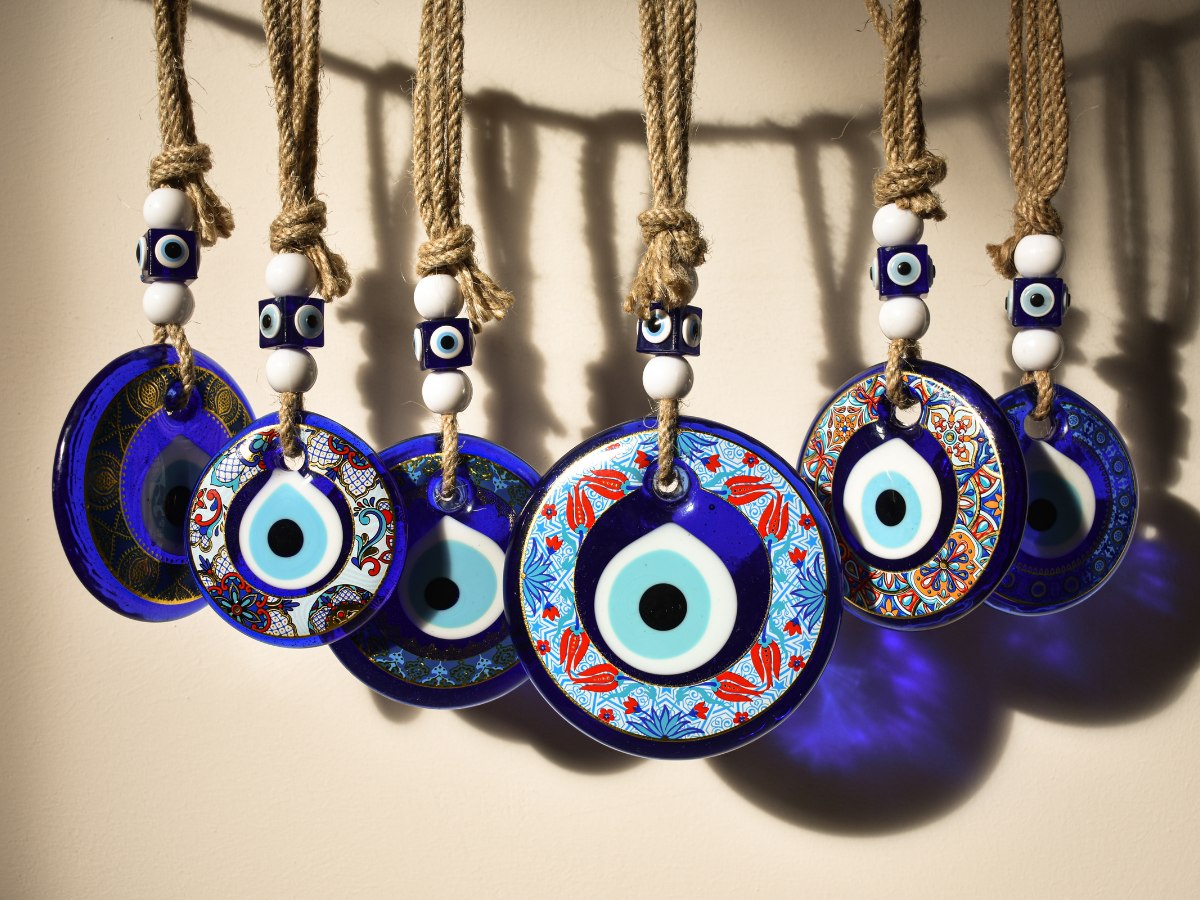What is the meaning?: Evil Eye
The legend of the evil eye spans cultures, religions and generations. Whether it be in paintings, stories or jewellery, chances are you've encountered it at some point. But what's the meaning behind the evil eye? Stay tuned as we reveal all.
 What does the Evil Eye mean?
What does the Evil Eye mean?The evil eye is a curse from Greek culture that has been passed through many decades and still exists today. It is believed that when someone is jealous of you, they can curse you with an 'evil glare' and send bad luck your way.
So, protection from the evil eye is something that a lot of people looked for. That's why, today, people often wear evil eye jewellery as a symbol of protection.
History says, about 40% of the world's cultures believe in some form of the evil eye. There is mention of the evil eye in Roman and Greek texts, as well as the Quran and Bible. The evil eye curse has a long history as far back as 3,000BC.
Despite the evolution of science and changing times, the belief in the evil eye remains a straightforward explanation for the question, "Why do bad things happen to good people?"
 How To Get Protection From The Evil Eye
How To Get Protection From The Evil Eye
Wearing the evil eye symbol is believed to be enough to protect yourself against the evil eye. This is usually done by wearing evil eye jewellery, which has grown to be a huge fashion statement in both believers and non-believers.
Typically, when in jewellery, the evil eye is blue and white. However, different colours are used for other meanings. For example, an orange colour can represent protection as well as happiness, motivation, creativity, and playfulness. Dark blue is for karma and fate protection, while light blue is for general protection. Dark green is for happiness, red for courage, brown for connection with nature, and yellow for health. Grey is for protection against sorrow, white for focus, and pink for the protection of friendships.
<iframe allowfullscreen="" frameborder="0" height="360" src="https://www.youtube.com/embed/Awh3B4vkcc4" width="640"></iframe>